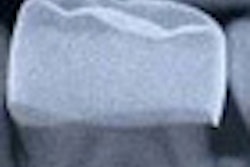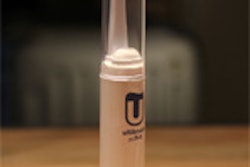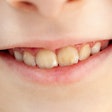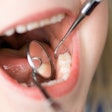A New Zealand dentist has embraced the Hall technique of sealing caries in primary molars and has begun teaching it at the University of Otago School of Dentistry.
Lyndie Foster Page, BSc, BDS, MPH, head of preventive and restorative dentistry, and colleague Dorothy Boyd, BDS MDS, a specialist pediatric dentist, trained 10 Hawke's Bay dental therapists to use the Hall technique as part of a feasibility study funded by the Health Research Council of New Zealand.
The Hall technique, viewed as controversial by some practitioners around the world, involves placing a stainless steel crown over a baby molar tooth to seal the decay in, rather than the conventional method of removing the decay with a drill, then placing a filling. Starved of nutrients, the decay then stops or slows down. The crown stays in place until it falls out naturally with the tooth at about age 10. The technique was pioneered by Norna Hall, BDS, a dentist working in a remote, rural part of Scotland where children had a high incidence of caries and families were reluctant to seek treatment.
Of the nearly 190 children between 5 and 8 years old who took part in the Hawke's Bay study, just over half were Māori (native New Zealanders). Nearly 100 children received treatment for their decayed teeth using the Hall technique, while the remainder of the children were treated using conventional methods. Many of the children already had six or seven fillings in their mouth, and two-thirds came from low socioeconomic status areas.
The study showed that children treated with the Hall technique -- which doesn't require anesthetic -- reported less dental anxiety than those who had received conventional care, Dr. Foster page said. Interestingly, 90% of those treated with the Hall technique reported enjoying their clinic visit; among those conventionally treated, the figure was 52%. In addition, the Hall technique was, on average, up to 20 minutes faster than conventional treatment, and it had a much higher success rate.
After six months, children who had conventional treatment had twice as many dental abscesses and nearly three times as many replacement fillings as those who were treated with the Hall technique, Dr. Foster Page noted.
Drs. Foster Page and Boyd will present the findings of this feasibility study to the Hawke's Bay District Health Board in February and at the International Association of Dental Research Conference in Seattle in March. Subject to funding, they plan to carry out a large randomized control trial of the Hall technique in New Zealand children.



















